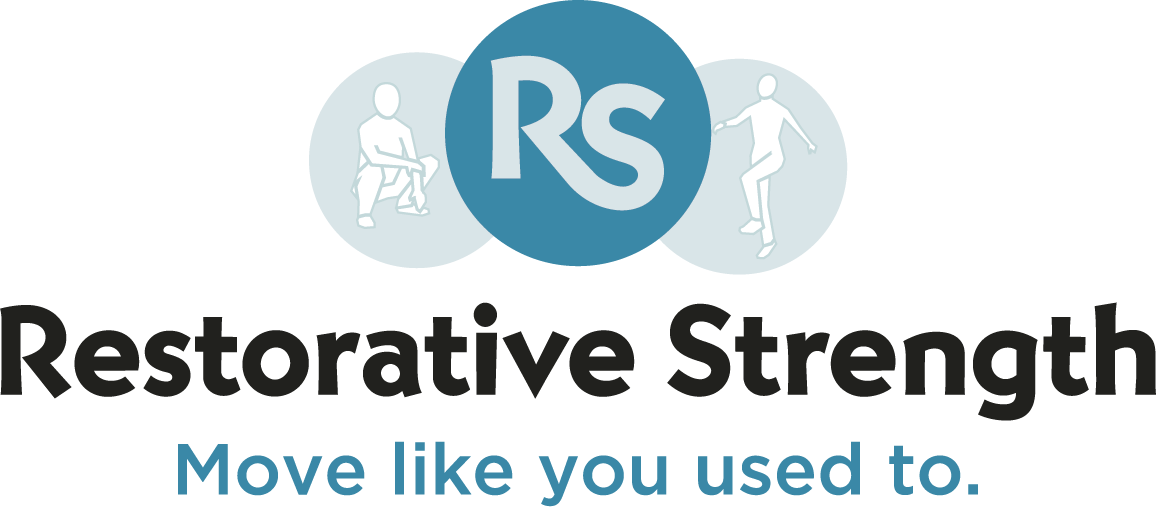What is Frozen Shoulder?
Often people asks what is Frozen shoulder?? It’s a common condition that is characterized by pain and stiffness in your shoulder joint, thus reducing its mobility. It is also referred to as “adhesive capsulitis” (A condition characterised by stiffness and pain in the shoulders.) However, most people use the term “Frozen Shoulder” incorrectly for arthritis, but the two conditions are not related. It mainly refers to your shoulder joint, while arthritis refers to several bones in your body. After a period of worsening signs and symptoms, frozen shoulder condition (adhesive capsulitis) tends to improve, but full recovery can take up to three years. Frozen shoulder strength exercises that concentrate on your joints are crucial to regaining your flexibility and range of motion.
What Causes Frozen Shoulder?
- It actually happens more often in women than in men. Women who are in the ages of between 40 and 60 years are at a higher risk. If your arm has been immobilized for a considerable period, due to an injury or fracture, then a frozen shoulder may occur.
- If you have particular preexisting chronic medical issues like diabetes, stroke, Parkinson’s disease, or mastectomy, then you could have a higher risk of suffering from the frozen shoulder condition.
- Frozen shoulder occurs when the connective tissue capsule in your shoulder joint becomes tight and thick around your shoulder joint, thus reducing its mobility.
- Other medical conditions like thyroid disease, tuberculosis, and heart disease are linked to the frozen shoulders, too.

What are the Symptoms of Frozen Shoulder ?
Generally this condition develops gradually, and in three main stages. If you have a frozen shoulder condition, then you are likely to feel pain or stiffness in one shoulder. You will typically go through the three stages with a frozen shoulder. Each step has its unique timeline and symptoms as discussed below:
1. Freezing Stage
- You experience pain every time you try to move your shoulder joint.
- It gradually gets worse with time, and sometimes you can experience severe pain at night.
- Your shoulders range of motion begins to become limited.
2. Frozen Stage
- Your shoulder pain reduces, but the stiffness gets worse.
- The mobility of your shoulder joint reduces, and this makes it hard to perform your daily activities.
- This phase can last up to one year.
3. Thawing Stage
- The mobility of your shoulder joint starts to improve.
- The phase can last anywhere from three months to two years before your shoulder joint goes back to normal.

5 Stretching Exercises for Frozen Shoulder:
Stiff or frozen shoulders are generally uncomfortable, even if the extent of the stiffness is not great. That’s the worst news. Fortunately, the good news is that frozen shoulder condition can adequately be managed through simple strength exercises done by the patient in his/her home. Here are the five frozen shoulder exercises that will help to restore your mobility:
1. Pendulum Stretch
Prior to performing this exercise, you must warm-up. You can take a warm bath or use a heating pad. Here is how you do this frozen shoulder exercise:
- Bend over slightly while resting your frozen arm on a table.
- Swing your frozen arm in a circle approximately one foot in diameter.
- Conduct at least ten revolutions in each direction daily.
- As you continue to note some improvements, increase the width of your swing and add some weights, where possible.
2. Finger Walk
- Stand near a wall, three-quarters of your arm’s length away.
- Touch the wall at your waist height with the fingers of the frozen arm.
- Bend your elbow slightly and walk the thumbs up until you feel uncomfortable pressure.
- Stop and repeat this at least 20 times every day.
3. Towel Stretch
- Grab one side of your three-foot-long bathroom towel behind your back and hold the opposite end with your other hand.
- Use your healthy arm to pull the frozen arm upward to stretch it.
- Repeat this 10-20 times every day.
4. Cross-Body Reach
- Stand or sit.
- Use your strong arm to lift the damaged one at the elbow and bring it up across your body, exerting moderate pressure required to stretch your shoulder.
- Hold that stretch for up to 20 seconds.
- Do this 20-30 times every day.
5. Armpit Stretch
- Using your strong hand, lift the damaged arm to the level of your breasts.
- Bend your knees gently, while opening up the armpit.
- Deepen your knee bend while stretching your armpit and afterward straighten it.
- Repeat this 10 to 20 times daily.
Schedule an Appointment with an Experienced Personal Trainer Today
One of the significant causes of frozen shoulder is the immobility that may occur during the recovery of a shoulder injury, a stroke, or broken arm. If you had an injury that makes it hard to move your shoulder, contact an experienced personal trainer to know the exercises you can do to restore mobility in your shoulder joint today!



